
In today’s competitive agricultural landscape, farmers seek innovative ways to boost yields, reduce input costs, and protect the environment. A precision farming drone delivers on all these fronts by combining advanced sensors, GPS guidance, and intelligent software to optimize field operations. From targeted spraying to real-time crop health monitoring, precision farming drones are transforming how modern growers manage their land.
Key Advantages of Precision Farming Drones
-
Accurate Field Mapping
Equipped with high-resolution cameras and multispectral sensors, precision farming drones create detailed maps of your fields. These maps reveal variations in soil moisture, nutrient levels, and plant health—enabling data-driven decisions for irrigation, fertilization, and pest control. -
Targeted Spray Applications
Unlike traditional blanket spraying, a precision farming drone applies pesticides and fertilizers only where needed. By defining spray zones based on sensor data, farmers can reduce chemical usage by up to 50%, cut costs, and minimize environmental impact. -
Real-Time Monitoring and Alerts
Advanced drones stream live imagery to mobile devices or desktop platforms. Alerts for disease outbreaks, weed infestations, or water stress allow for immediate intervention, preventing small issues from becoming major problems. -
Improved Resource Management
Precision farming drones track vehicle and equipment usage, fuel consumption, and labor requirements. With this data, growers can optimize workflows, schedule maintenance proactively, and lower overall operational expenses. -
Enhanced Crop Yield and Quality
By applying inputs precisely and at the optimal time, precision farming drones help maximize crop vigor and uniformity. The result is healthier plants, higher yields, and improved product quality at harvest.
Essential Features to Look For
When selecting a precision farming drone, consider the following specifications:
-
Sensor Suite: Multispectral, thermal, and RGB cameras to capture a range of crop health indicators.
-
GPS Accuracy: RTK-enabled navigation for centimeter-level precision and repeatable flight paths.
-
Autonomous Flight: Pre-programmed routes and auto-return functions to simplify operations.
-
Payload Capacity: Adequate tank size (typically 10–30 liters) for efficient spraying missions.
-
Software Integration: Compatibility with farm management systems for seamless data sharing.
Use Cases for Precision Farming Drones
-
Variable-Rate Application: Adjust fertilizer and pesticide rates on-the-fly according to field variability.
-
Plant Health Analysis: Identify stress zones early with normalized difference vegetation index (NDVI) imaging.
-
Soil & Moisture Mapping: Determine irrigation needs, prevent waterlogging, and optimize water usage.
-
Weed and Pest Detection: Pinpoint patches of infestation for spot treatments, reducing overall chemical load.
Getting Started with Precision Farming Drones
-
Assess Your Farm’s Needs: Map your acreage, crop types, and problem areas.
-
Choose the Right Platform: Match payload and sensor requirements to your operational goals.
-
Train Operators: Ensure safe, compliant drone operation with certified training programs.
-
Analyze Data Regularly: Use actionable insights to refine agronomic practices each season.
By integrating a precision farming drone into your operations, you can achieve smarter, more sustainable agriculture—maximizing yields while conserving resources. Ready to take your farm to the next level? Implement precision farming drone technology today and reap the benefits of truly intelligent crop management.

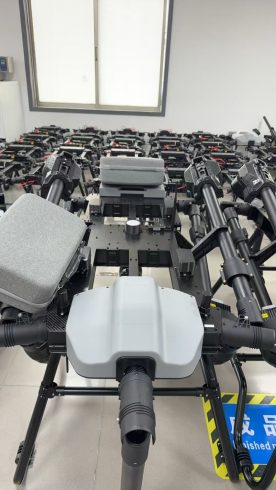
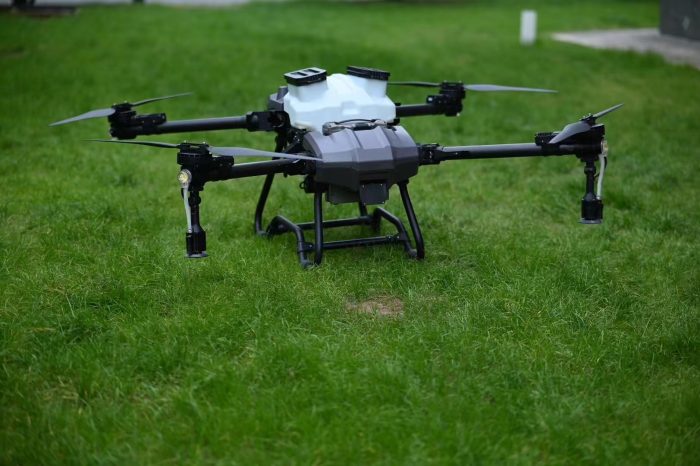
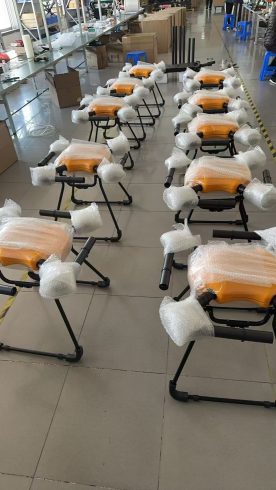
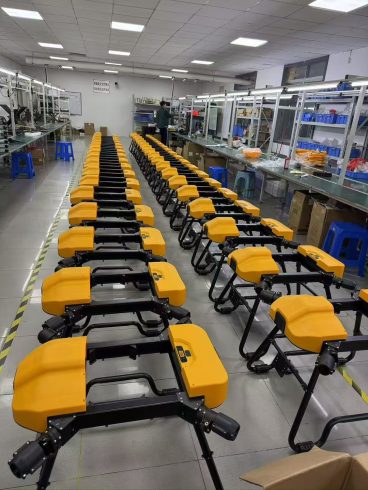
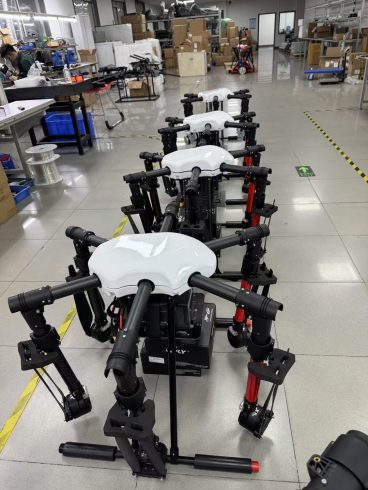


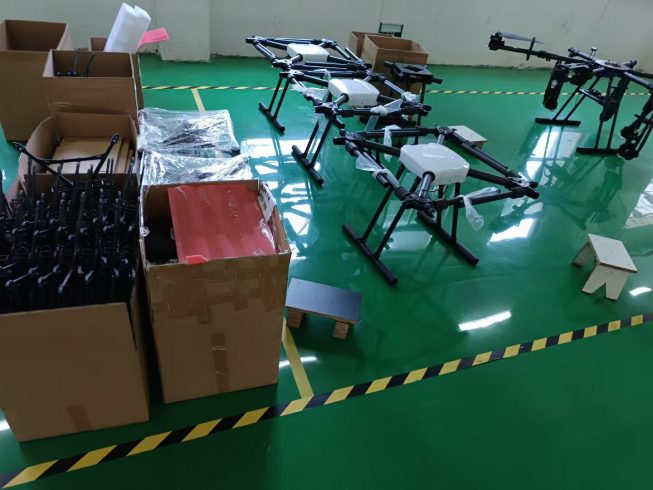

暂无评论内容